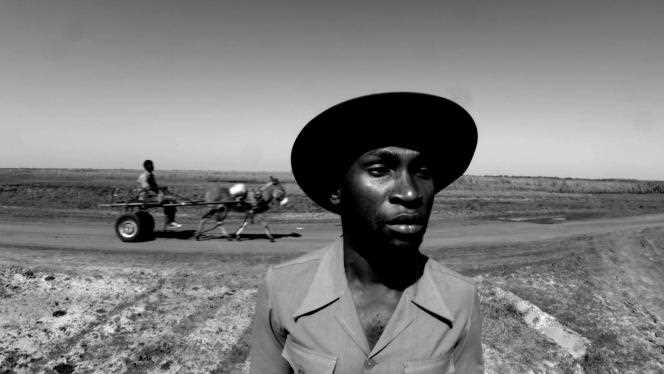Three years watching films, trying to recover copies from the 1970s, rare gems, some of which have unfortunately remained untraceable – such as Fatima 75 (1976), by the Tunisian Salma Baccar. At the end of this marathon, the directors Dyana Gaye and Valérie Osouf brought together a rich anthology of 126 films, from 38 African countries: this cycle entitled “Tigritudes” is to be discovered at the Forum des images, in Paris, until February 27 . Produced between 1956, the date of Sudan’s independence, and 2021, these short and feature films are programmed according to a chronological grid, making it possible to appreciate the circulation of forms. The project is fascinating, accessible and sharp, mixing debates and “cinema lessons”. After Paris, Tigritudes will circulate in Marseille, Lille, Toulouse, etc., as well as in Burkina Faso (Bobo-Dioulasso), Algiers, etc.
The word “tigritude” refers to the sentence pronounced in 1962 by Wole Soyinka, the Nigerian writer and director, born in 1934, in reaction to the concept of “négritude” of Léopold Sédar Senghor (1906-2001): “The tiger does not proclaim his tigritude, he leaps and devours his prey”, Soyinka said. “It’s the idea that African cinema doesn’t need to define itself in relation to the countries of the North. He just has to be himself, entirely, beyond geographical partitioning – films from the Maghreb, East Africa, etc. – and linguistic categories, French-speaking, Portuguese-speaking, English-speaking, inherited from the colonial era”, explains Dyana Gaye, Franco-Senegalese, who produces musicals (A public transport, 2009). “This self-affirmation goes hand in hand with independence in these countries. There are cinemas from Africa, and at the same time Tigritudes refers to a pan-African political horizon”, adds Valérie Osouf, documentary filmmaker, who works on French colonial history and its contemporary echoes – national identity (2012).
For Western audiences, African cinema often comes down to a handful of authors selected at festivals, the Malian Souleymane Cissé, the Mauritanian Abderrahmane Sissako, the Senegalese Djibril Diop Mambéty, the Chadian Mahamat-Saleh Haroun, the Egyptian Youssef Chahine (died 2008), etc. Some of their works are programmed, like Finye (1982), by Souleymane Cissé, but beyond that, Tigritudes reveals a wide range of filmmakers, from the pioneers of the 1960s (Sarah Maldoror) to the new generation. “We want to create an archive, to show that there is cinema in Tanzania, Namibia, Somalia, Mozambique, Sao Tome and Principe, Lesotho…”, lists Valérie Osouf.
You have 47.13% of this article left to read. The following is for subscribers only.
